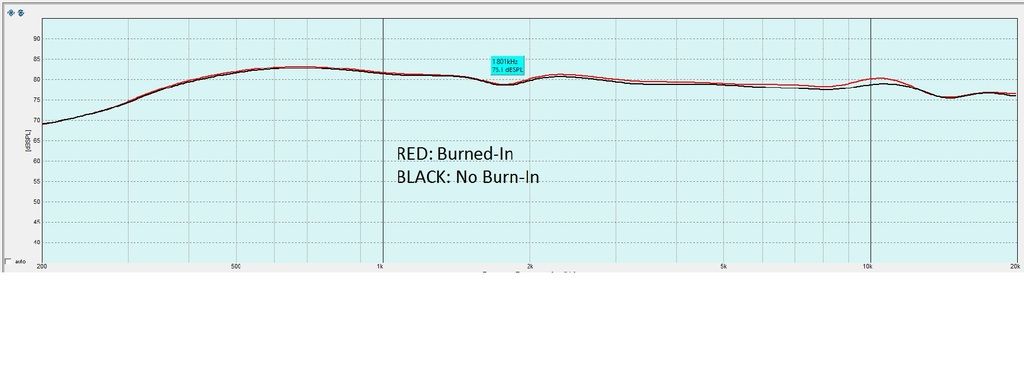This has always been a controversial topic...

In the few years I've been running ZenWave Audio I've got a lot of feedback from folks on burn-in. The first several months I sent out totally fresh, unused cables. This wasn't a great idea, especially with the litz-wire cables as the burn-in is very pronounced. I got a lot of comments about how bad the litz-wire cables sounded at first, but at least some folks who never thought burn-in was real got to experience it themselves

After I purchased my AudioDharma Cable Cooker I never got another comment. Semi-anecdotal but something that could be used to form a hypothesis.
My ideas about burn in involve the interface between the conductor and the dielectric, and that this is where burn-in happens. The litz wire I use has a lot of surface area here, and burn-in is very obvious. So obvious in fact that I figured it should be measurable with a simple frequency response test. I finally got around to doing the test and the results are below.
Pioneer S-1EX speakers used with 5" magnesium midrange and coaxial beryllium dome tweeter. Omnimic software, mic placed about 2" from dome tweeter, centered on tweeter. Mic was not moved while cable was being burned in for 5 days on an AudioDharma Cable Cooker.
Cable used was ZenWave Audio SL17 speaker cable which uses an aggregate 17g of UPOCC copper litz wire.
IMO, frequency response is one of the more subtle aspects of burn-in, but the test shows unmistakable and relatively large changes in frequency response. It's fair to say a lot more is going on besides frequency response changes during burn-in.
1/6 octave smoothing
